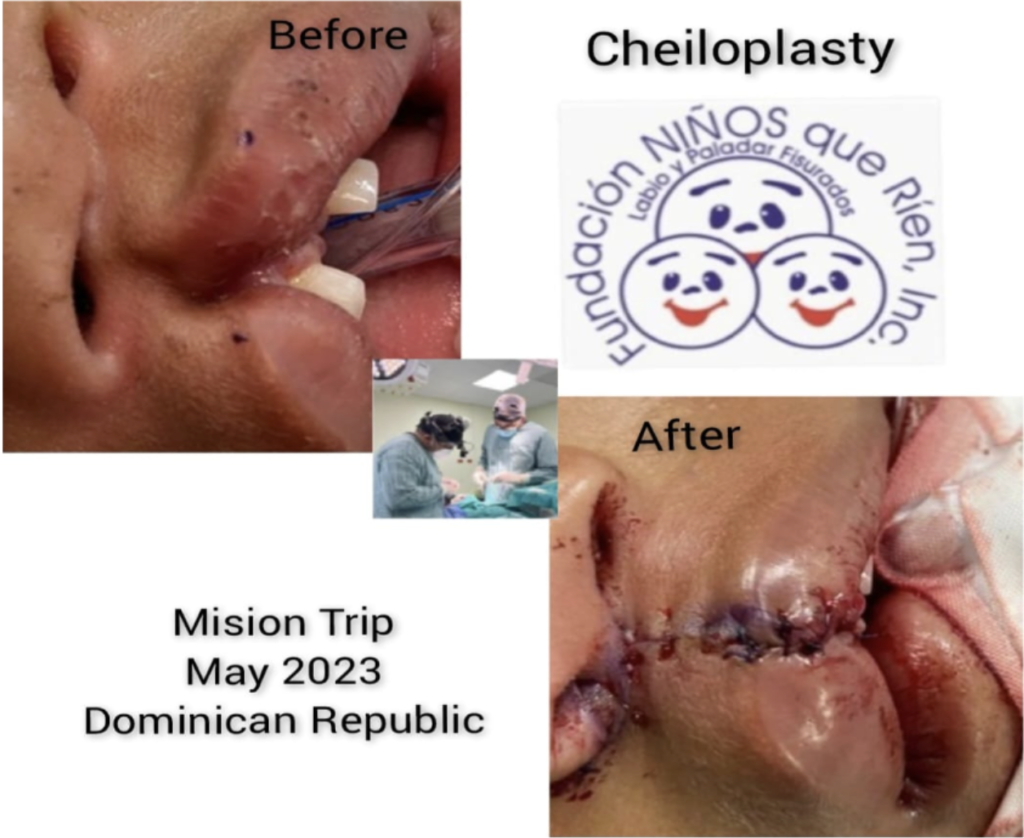Cleft lip and cleft palate are birth defects that occur when a baby’s lip or mouth do not form
properly during pregnancy. Together, these birth defects commonly are called “orofacial
clefts”.
About 1 in every 1,600 babies is born with cleft lip with cleft palate in the United States.
About 1 in every 2,800 babies is born with cleft lip without cleft palate in the United
States.
About 1 in every 1,700 babies is born with cleft palate in the United States.
This proportion is very similar to that found in Latin American countries and in the world.
Around the world there are non-profit foundations, public and private institutions that are
dedicated to the diagnosis and multidisciplinary treatment of these craniofacial anomalies. “La
Fundación Ninos que Rien” is a non-profit institution, founded about twenty-three years ago in
Dominican Republic, it is dedicated to carrying out surgical sessions for the correction of
patients with Cleft Lip and/or Palate and other congenital anomalies.
This institution carries out two surgical sessions a year where a large number of low-income
patients benefit from this applaudable surgical work carried out by a team of oral and
maxillofacial surgeons, plastic surgeons, anesthesiologists, and an entire team of human
resources who contribute selfless way to improve the quality of life of cleft lip and palate
patients.

Dr. Guillen has been participating in this cause since his years of training at the University of
Puerto Rico and today he is a collaborating member in these surgical sessions for more than 15
years. After his training as oral surgeons Dr. Guillen completed a fellowship in cleft lip and
palate in his native Venezuela. During his stay in Venezuela, he was a collaborator in a
hospital in Maracaibo where weekly evaluations and surgical treatments were carried out on
these children with this surgical need.
Today, Dr. Guillén continues to collaborate with “La Fundación Ninos que Rien” without any
interest or lucrative reception other than the satisfaction of returning smiles and a better
quality of life to these children with this congenital malformation.




